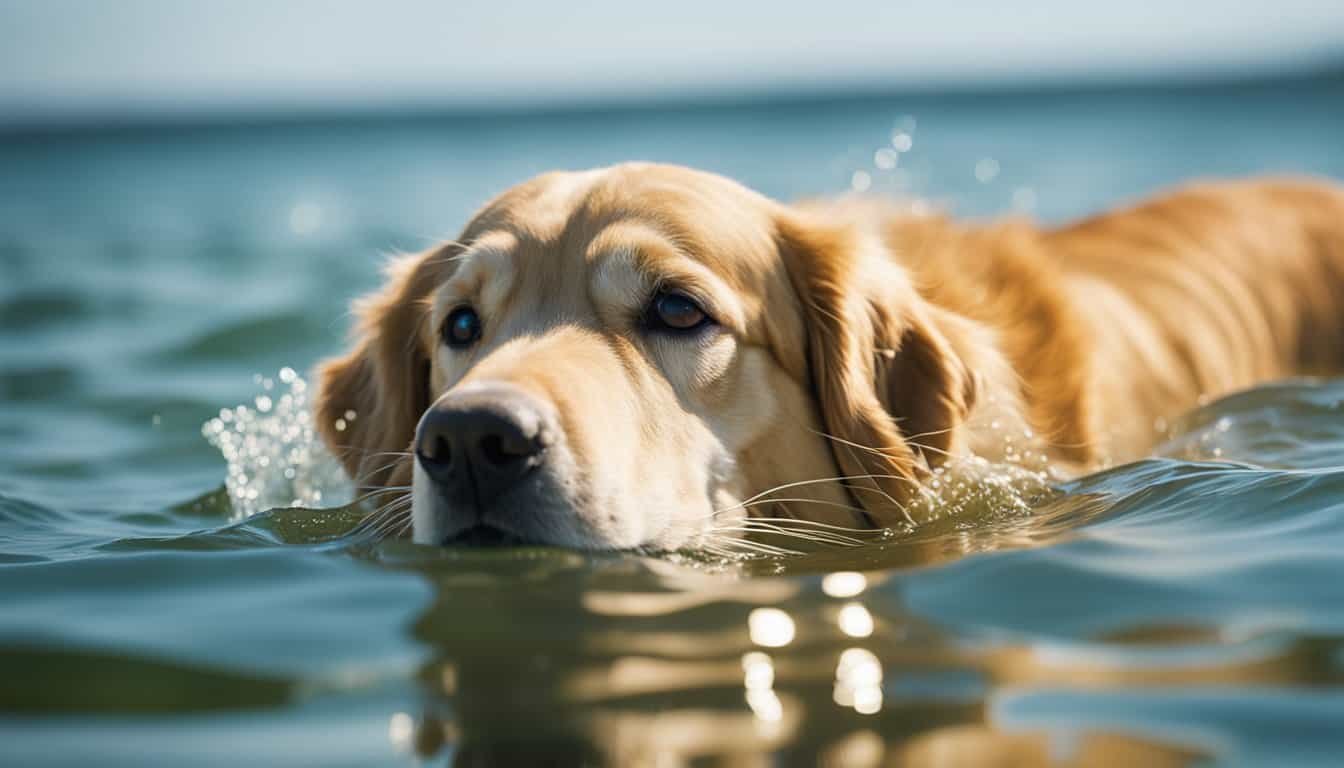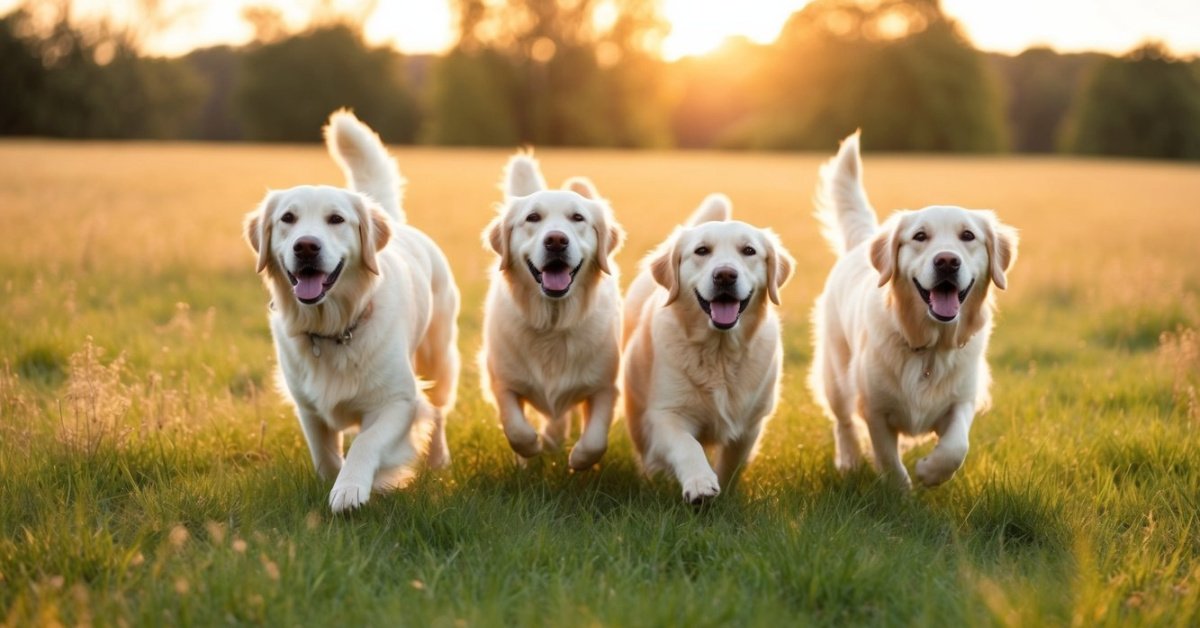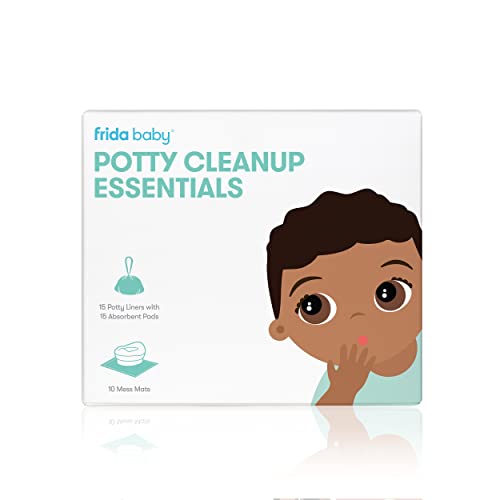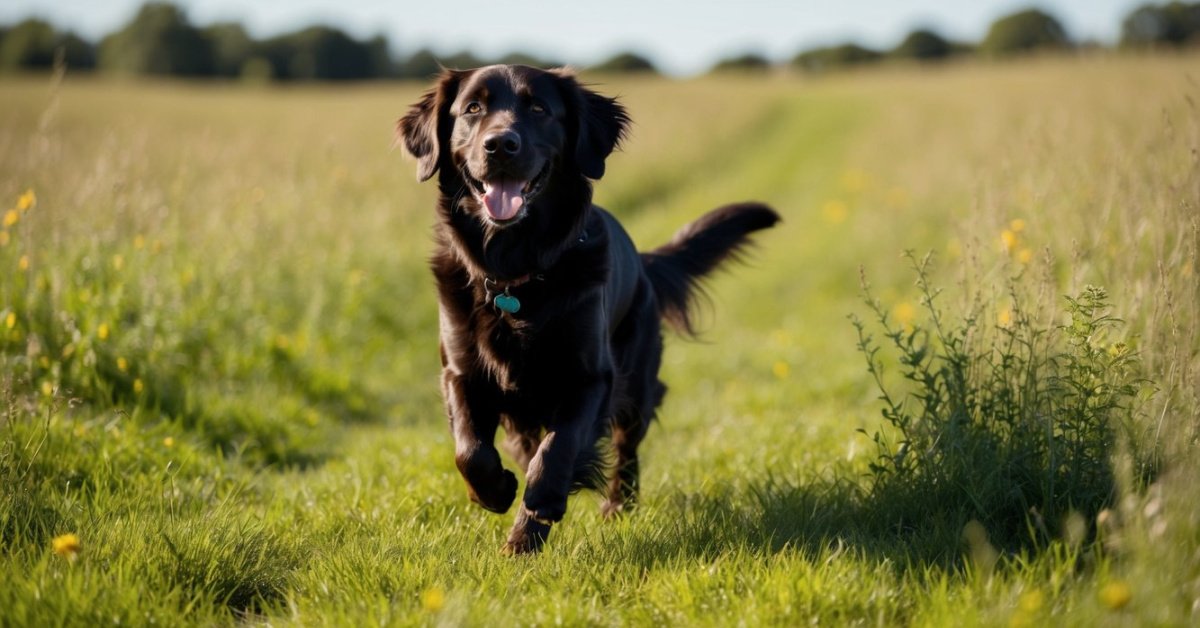Bringing home a Golden Retriever puppy is an exciting adventure filled with wagging tails and playful antics. But along with the joy comes the responsibility of potty training. It can feel overwhelming at times, especially with these eager little furballs who just want to explore the world around them.
Understanding Golden Retriever Puppies
Golden Retriever puppies are playful and intelligent, making them a joy to bring home. However, understanding their characteristics and the importance of early training greatly aids in successful potty training.
Characteristics of Golden Retrievers
Golden Retrievers are known for their friendly demeanor and high energy levels. They’re eager to please, which makes training easier when consistent methods are used. These puppies typically display loyalty, adaptability, and intelligence, making them great family pets. Socialization is critical, as they enjoy interacting with humans and other dogs. These traits contribute to their playful curiosity, which can sometimes lead to accidents if not managed properly.
Importance of Early Training
Early training helps establish good habits in Golden Retriever puppies. It’s vital to start potty training as soon as possible, as young puppies have developing bladder control. Successful training reduces accidents in the house and promotes a healthier lifestyle. Establishing a routine for potty breaks and rewarding good behavior fosters positive associations. Consistent training during this critical period leads to better outcomes as the puppy matures.
Potty Training Techniques
Effective potty training combines consistency and positive reinforcement. These techniques promote good habits in my Golden Retriever puppy and can significantly reduce accidents.
Consistent Scheduling
Establishing a schedule for potty breaks ensures my puppy learns when to go. I take my puppy outside first thing in the morning, after meals, after playtime, and before bed. Each time I take my puppy out, I use the same command, like “go potty.” This reinforces the behavior. If my puppy goes outside, I follow up with praise and treats. This method creates a routine that helps my puppy anticipate potty breaks.
Positive Reinforcement
Using positive reinforcement encourages my puppy to associate going outside with rewards. I praise my puppy enthusiastically every time it eliminates outdoors. Treats should be small and easily digestible, given immediately after my puppy achieves the desired behavior. Gradually, I can reduce the number of treats but maintain the verbal praise. This approach builds confidence and motivates my puppy to repeat the behavior, enhancing the potty training process.
Common Challenges
Potty training a Golden Retriever puppy can present several challenges. Understanding these difficulties helps me navigate the process more effectively.
Accidents Indoors
Accidents indoors often occur, especially during the early stages of potty training. Puppies, including Golden Retrievers, lack full bladder control until about six months of age. I expect some mishaps, particularly after meals, play, or waking up. To manage this, I maintain a close eye on my puppy, watching for signs that they need to go out. When an accident happens, I clean it up without punishment. Instead, I focus on reinforcing the positive behaviors when my puppy goes outside.
Signs of Stress
Recognizing signs of stress is crucial for successful potty training. Golden Retriever puppies might exhibit symptoms like whining, pacing, or hiding. These behaviors can indicate discomfort or uncertainty about their environment. If my puppy shows signs of stress, I assess the situation. I ensure they have access to a quiet space and consider if their potty breaks have been frequent enough. Providing a calm, reassuring atmosphere supports their confidence, making potty training smoother.
Tools and Supplies
Gathering the right tools and supplies simplifies potty training for Golden Retriever puppies. These items help create a positive and efficient training experience.
Recommended Training Aids
- Crate: A crate serves as a safe space where the puppy learns bladder control. Puppies instinctively avoid soiling their sleeping area, making the crate an effective training tool.
- Pee Pads: Use pee pads indoors for emergencies. They help puppies learn where it’s acceptable to go when outside isn’t an option.
- Leash: A leash promotes outdoor potty breaks. Short walks help the puppy associate going outside with potty time.
- Training Treats: High-value treats reward successful outdoor eliminations. They reinforce positive behavior and motivate the puppy during training.
- Spot Cleaner: A reliable enzymatic cleaner eliminates odors from accidents. This prevents the puppy from returning to the same spot and reinforces good habits.
Creating a Designated Potty Area
Selecting a specific spot outdoors for potty breaks benefits the training process. The designated area helps the puppy recognize it’s time to eliminate. Here’s how to set it up:
- Choose a Convenient Location: Select an easily accessible area with minimal distractions. A quiet spot encourages the puppy to focus.
- Encourage Familiarization: Bring the puppy to the designated area consistently. Repeating this process aids in the association with potty breaks.
- Use Commands: Introduce a consistent command, like “go potty,” during visits to the area. This reinforces the action and establishes an expected behavior.
- Praise Rewarding: Immediately praise and reward the puppy after they eliminate in the designated spot. Positive reinforcement solidifies the behavior and encourages future success.
Conclusion
Potty training my Golden Retriever puppy has been quite the journey. With patience and consistency I’ve seen how quickly they can learn and adapt. Establishing a routine and using positive reinforcement really makes a difference.
I’ve found that being attentive to their needs and recognizing their signals helps prevent accidents and builds their confidence. It’s all about creating a supportive environment where they feel secure.

« Essential Tips for Golden Retriever Health in Multi-Dog Homes
Mastering How to Judge a Golden Retriever in Shows: Tips & Insights for Success »
Every little success deserves a celebration. Watching my puppy grow and develop good habits is so rewarding. So keep it fun and stay positive. You’ll both get through this together and enjoy the process along the way.











